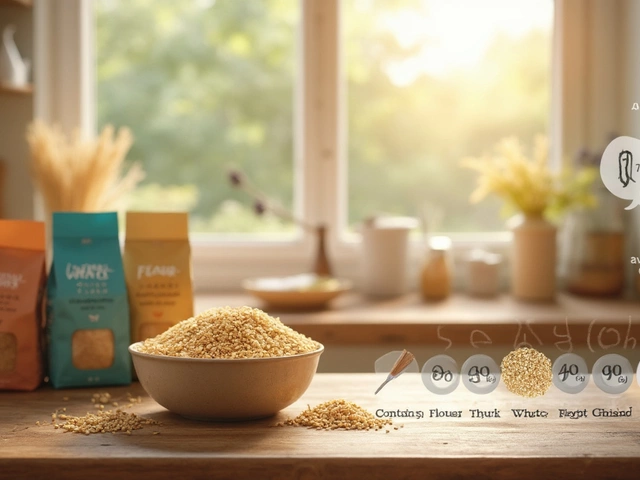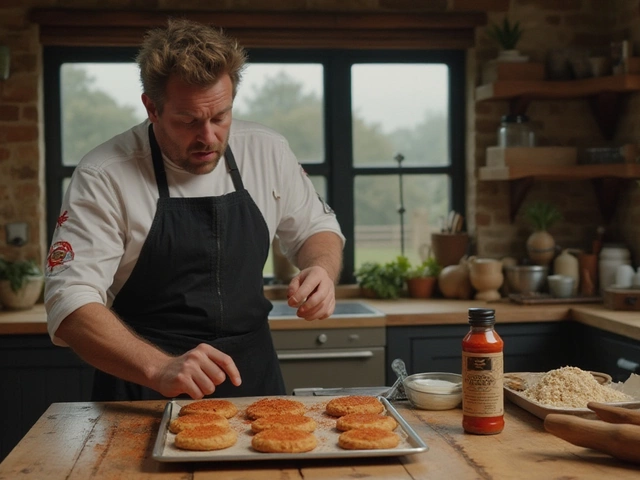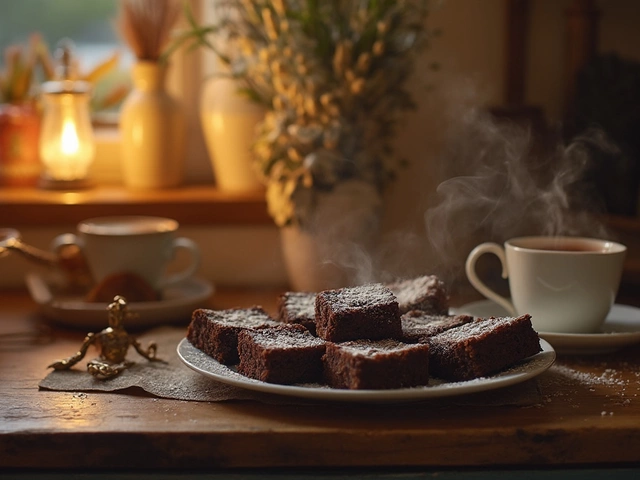Cake Cutting Made Easy: Tips, Tools, and Tricks
Cutting a cake might look simple, but getting clean, even slices is trickier than most think. Whether you’re serving a birthday cake or a wedding tier, the right approach makes a big difference. In this guide we’ll cover the basics you need, from the best tools to foolproof techniques for any cake shape.
Essential Tools for Perfect Slices
The first step is having the right knife. A long, serrated cake knife works well for most cakes because the teeth glide through frosting without squashing it. For layered or delicate cakes, a thin, non‑serrated slicer can give you smoother cuts. A simple kitchen string (like a clean twine) is a secret weapon for round cakes – just loop it around the cake, pull tight, and slice the string to get perfect wedges.
Don’t forget a cutting board or a clean surface to rest the cake while you cut. A sturdy cake stand keeps the cake stable, especially tall designs. Having a small offset spatula nearby helps lift slices without breaking them.
Step‑by‑Step Cutting Techniques
Start with a round cake. Mark the center with a gentle press of the knife, then make a single cut across the middle. Turn the cake 90 degrees and cut again, forming a cross. From there, slice each quarter into even wedges. Using the string method, you can skip the cross step – just wrap the string around the cake, pull it taut, and cut the string at equal intervals.
Square cakes are easier. Measure the total width, decide how many slices you need, and mark the spacing with a ruler. A quick score with the knife along each line keeps the cuts straight. For layered cakes, cut each layer separately, then stack the slices. This prevents the top layer from sliding off the bottom.
When frosting is thick, let the knife warm up under hot water for a few seconds, then dry it. A warm blade cuts through buttercream cleanly and leaves less residue on the slice. If you’re dealing with a very soft cake, a gentle sawing motion works better than pressing down hard.
After cutting, use a cake server or a wide spatula to lift each piece. Support the bottom with a second hand if the slice is large. Serve on plates right away, or keep slices covered with a lightly tented foil if they’ll sit for a while.
Common mistakes to avoid include pressing too hard with a dull knife, which squashes the cake, and cutting too quickly, which makes uneven pieces. Take a moment to line up your cuts, and don’t rush – a steady hand gives the best results.
Now you have the basics to cut any cake confidently. Grab a good knife, follow the simple steps, and enjoy serving perfect slices every time.






